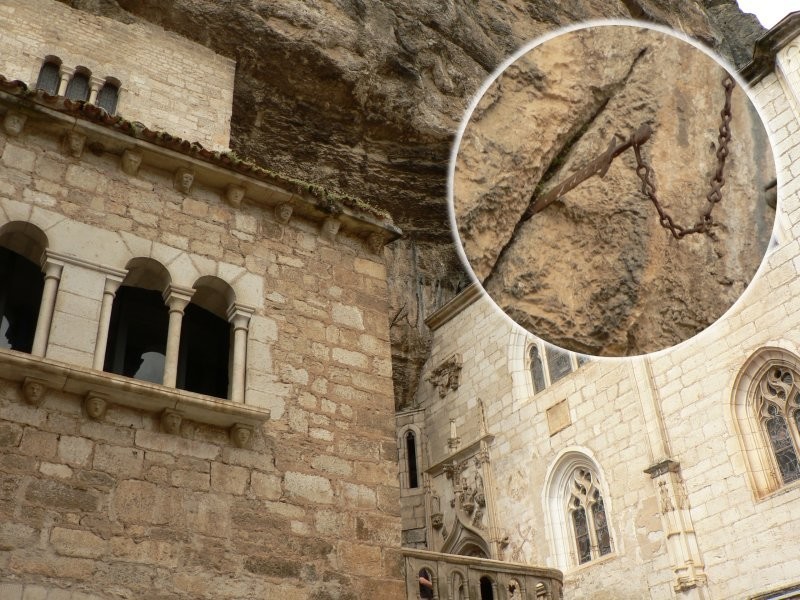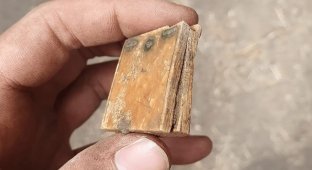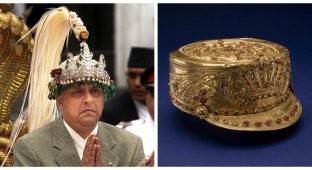Durandal - the legendary sword of the Middle Ages (8 photos)
A sword is not just a weapon, but a sacred object that warriors of the past cherished more than their lives. But the world of great legendary knights lives not only by Excalibur. 
In the list of weapons, few can boast such a rich and long history as the Durandal, whose history exceeds 1000 years.
Greatsword of Roland 
In epic French literature it was the sword of Roland, a legendary paladin but also a real-life figure. Roland was an officer and nephew of Charlemagne, King of the Franks, Lombards and Emperor of the Romans.
The sword appears in the medieval poem The Song of Roland, where it is given to Charlemagne by an angel in the Moraine Valley in England. Artifacts—particles of saints—endow the sword with magical properties, making it the sharpest blade in the entire universe and at the same time absolutely indestructible. 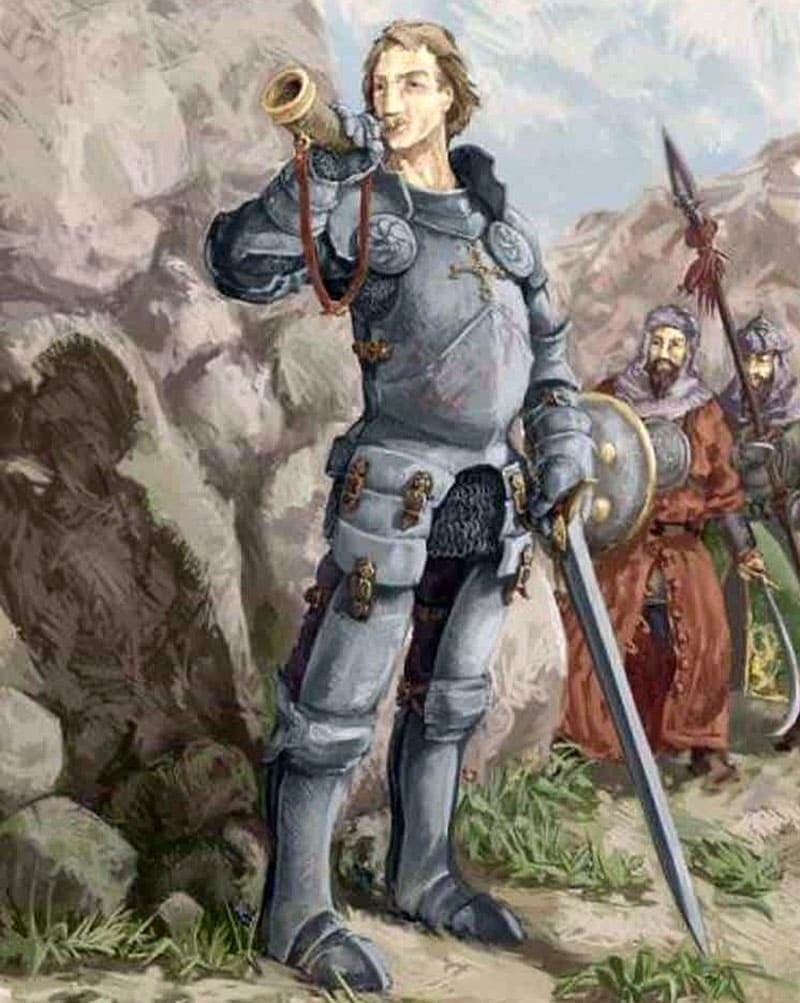
In this narrative, Charlemagne immediately gives the sword to his greatest paladin, Roland.
Roland uses Durandal to delay the enemy army and allow Charlemagne and his forces to retreat to France. With the help of the legendary sword, he destroys countless Saracens, even cutting off the hand of King Marsilius and beheading his son.
Later in the poem, Roland realizes that he cannot hold off his enemies forever and decides to destroy the sword to prevent it from falling into their hands. He hits the blocks with all his might, but Durandal splits them into two parts. In the end, Roland is mortally wounded and hides the sword under his body along with the oliphant, the magical horn he used to warn Charlemagne.
A host of legends 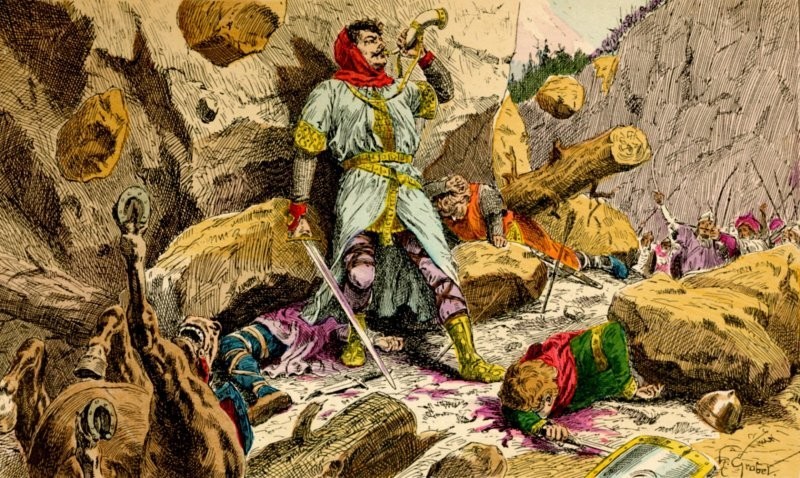
But this is only one story, there are others related to Durandal. According to one medieval story, Durandal was not given to Charlemagne by an angel. Instead, this narrative tells how Charlemagne fled to Spain as a young man and obtained a sword there.
Charles then somehow loses Durendal and he falls into the hands of a Saracen named Aumon, who was the son of King Agolant (a fictional king from the romantic epics of the Middle Ages and Renaissance). In this tale, Roland defeats Aumon with only a metal rod, taking the sword and horse of Veilantif for himself. 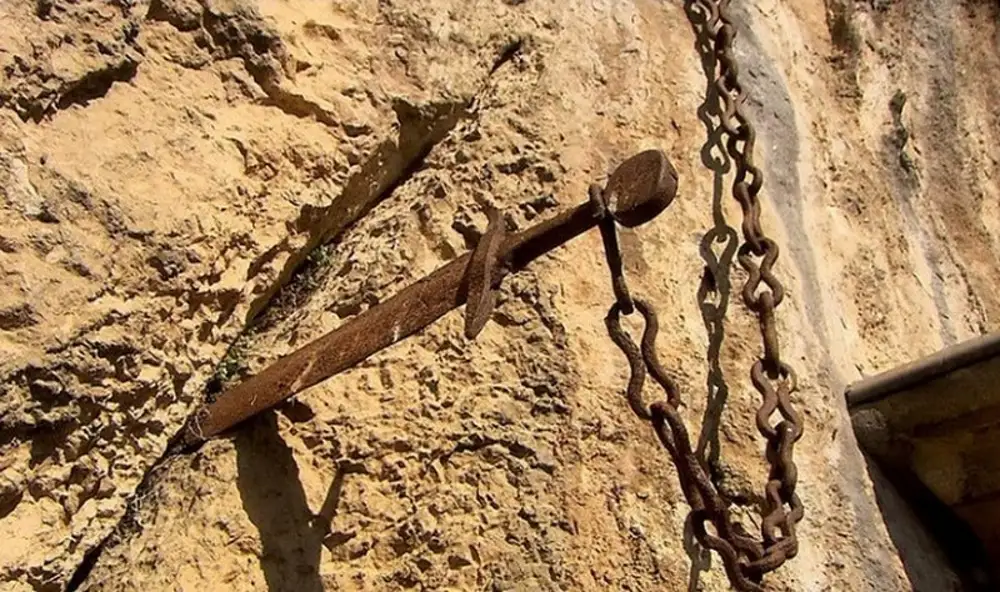
In the 14th and 15th centuries, writers went to great lengths to fill in the gaps in the history of the sword wielding of Charlemagne and Aumon. In the Italian text Aspramonte by Andrea de Barberino, Charlemagne gives a sword to a woman named Glisiella, daughter of King Agolant. She then gives it to her half-brother Aumon.
The sword also had different origins in different sources. The Orlando innamorato account states that the sword once belonged to Hector of Troy and was given to Pantasileia, queen of the Amazons, before reaching Europe. Other authors claimed that it was forged by the legendary blacksmith Weyland. A blacksmith who, according to legend, forged many of the legendary weapons of Germanic mythology.
Because both Charlemagne and Roland were real historical figures, some people have long believed that Durandal really existed. 
Monument to Roland in the Roncesvalles Gorge
A legend from Rocamadour in southwestern France states that the real Durendal was once kept in the chapel of St. Mary. According to this legend, the sword was stolen in 1183 by Henry the Young, the eldest son of Henry II of England.
Another local legend says that Durandal still exists and is embedded in a rock at Rocamadour. According to the 12th century monks, Roland threw the sword before his death (instead of hiding it), and it fell into the rock due to its fantastic sharpness. However, the local tourist office does not agree with this, calling the sword just a copy: the real blade was removed several years ago and sent to a Paris museum.
Rocamadour
The tale of Durandal has captured the imagination of people throughout human history. She continues to delight and inspire to this day. From the mighty Charlemagne to the brave Roland, this sword was wielded by the greatest heroes of European history.
But beyond its legendary origins and rich historical past, Durendal remains a symbol of courage, strength and perseverance - qualities that continue to inspire people even in the modern world. By looking to the past, we can draw inspiration from the legacy of this sword and strive to uphold the same values of honor, courage and resilience that it represents. Durandal's story may be a legend, but its meaning is as real and relevant today as it was a thousand years ago. 